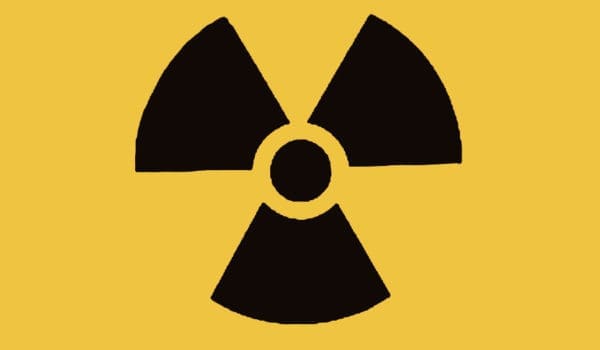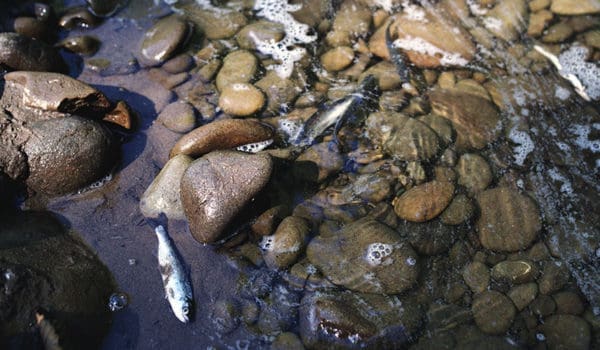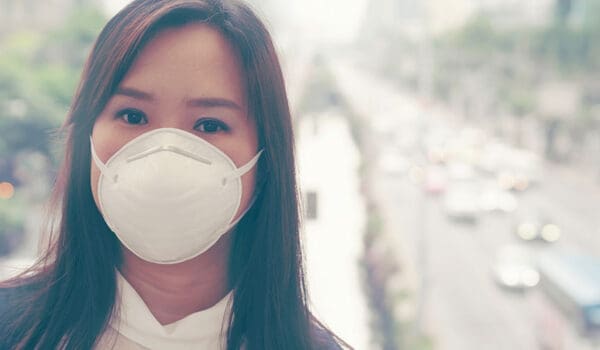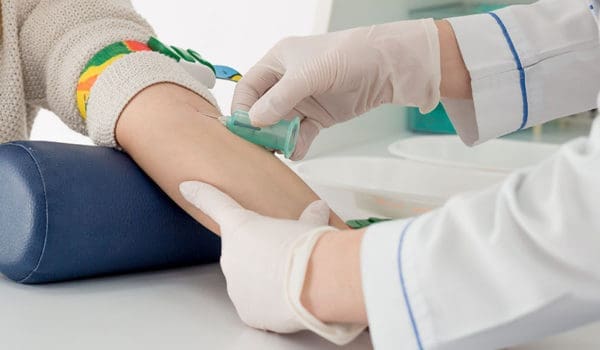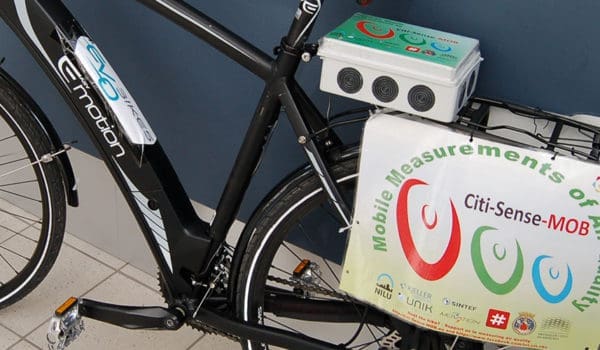
NILU invites citizens to monitor air quality
From the NILU annual report: New technology and new portable sensors makes it possible to monitor air quality in new ways and to a far greater extent than before. It also makes it easier to invite the general public to contribute to the research.



